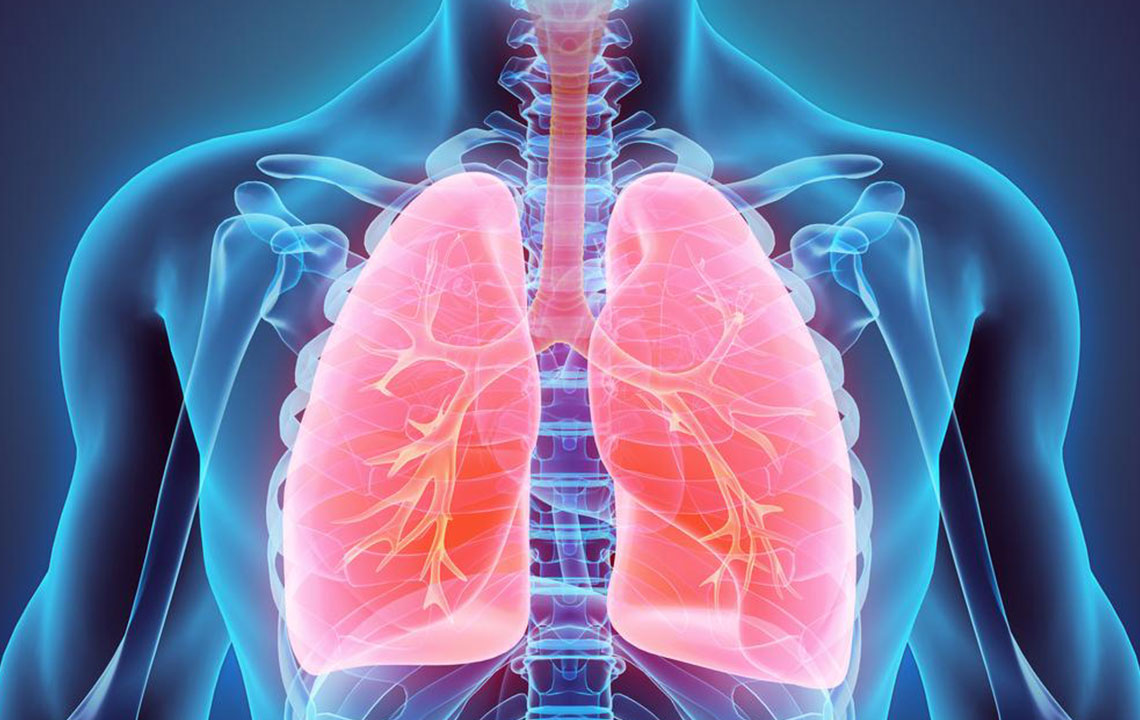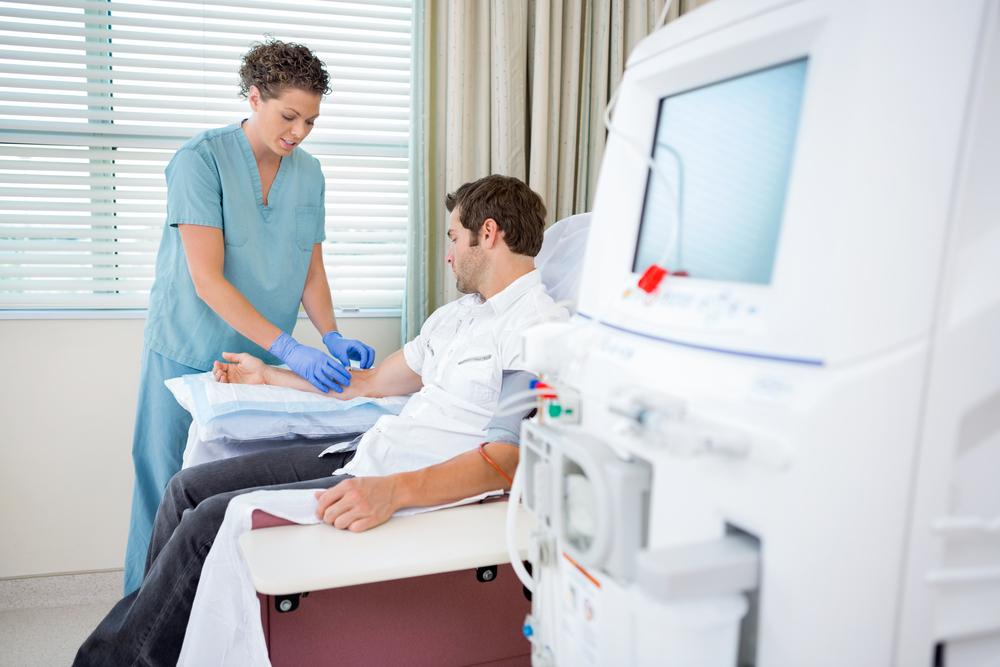Understanding Cervical Cancer: Causes, Symptoms, and Treatment Options
Cervical cancer is a preventable and treatable disease that primarily affects women aged 35-44. This article covers causes, symptoms, diagnosis, and treatment options, emphasizing the importance of early detection and preventive measures like vaccination and regular screenings to improve survival rates.

Understanding Cervical Cancer: Causes, Symptoms, and Treatment Options
Cervical cancer remains one of the most common cancers among women worldwide, primarily affecting those aged 35 to 44. The cervix, part of the female reproductive system, connects the uterus to the vagina and is lined with specialized cells. The disease progresses in four stages, starting with localized growth and potentially spreading to nearby organs if untreated.
The primary cause is persistent infection with the human papillomavirus (HPV), along with factors like smoking, early sexual activity, multiple pregnancies, and weakened immunity. Symptoms often appear in advanced stages and include abnormal vaginal bleeding, pelvic pain, foul-smelling discharge, and difficulty urinating.
Early detection greatly improves treatment success. Options include surgical removal of the uterus (hysterectomy), radiation therapy, and chemotherapy, each tailored to the stage of cancer. Prompt medical attention offers the best chance for recovery.
Regular screenings and HPV vaccination play vital roles in prevention. Recognizing early symptoms and seeking prompt treatment can help save lives and improve outcomes for affected women.










